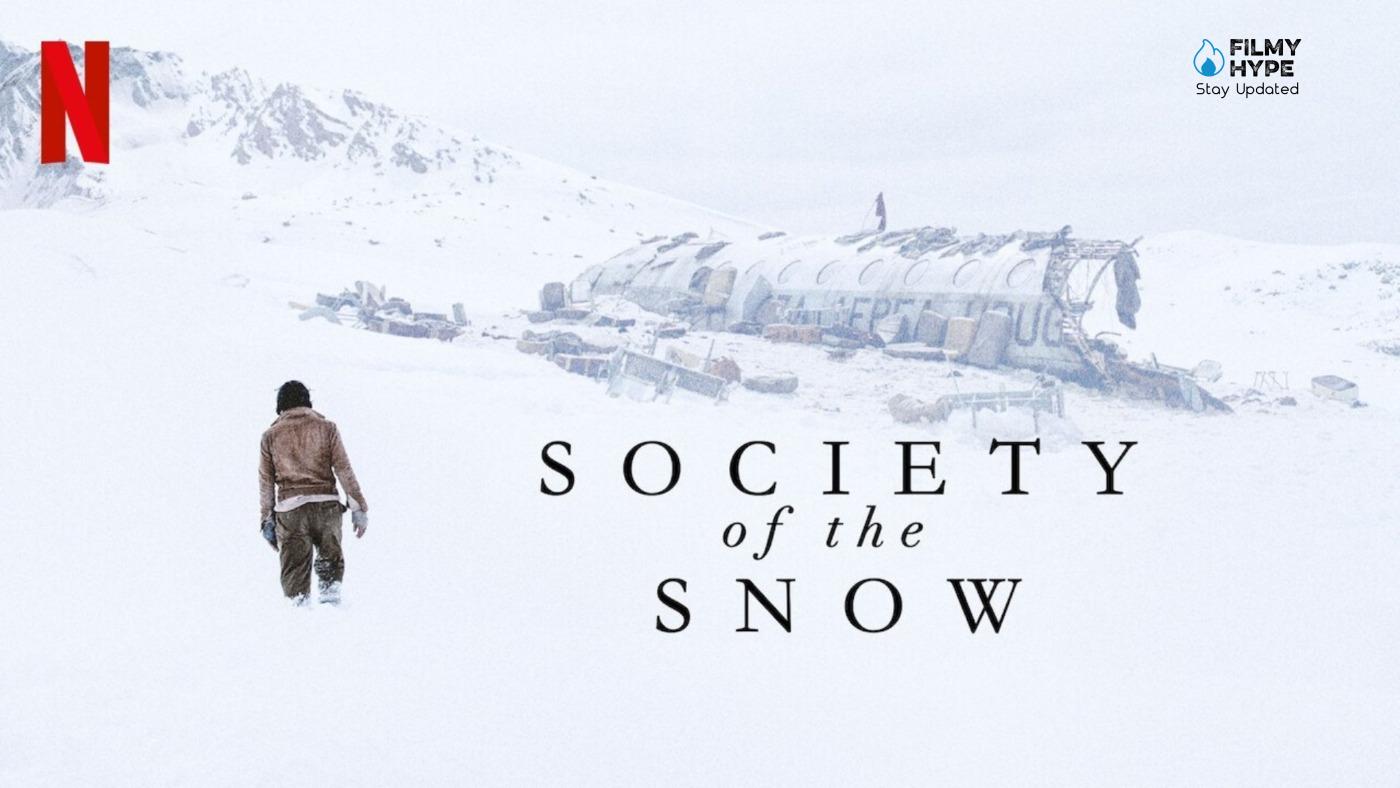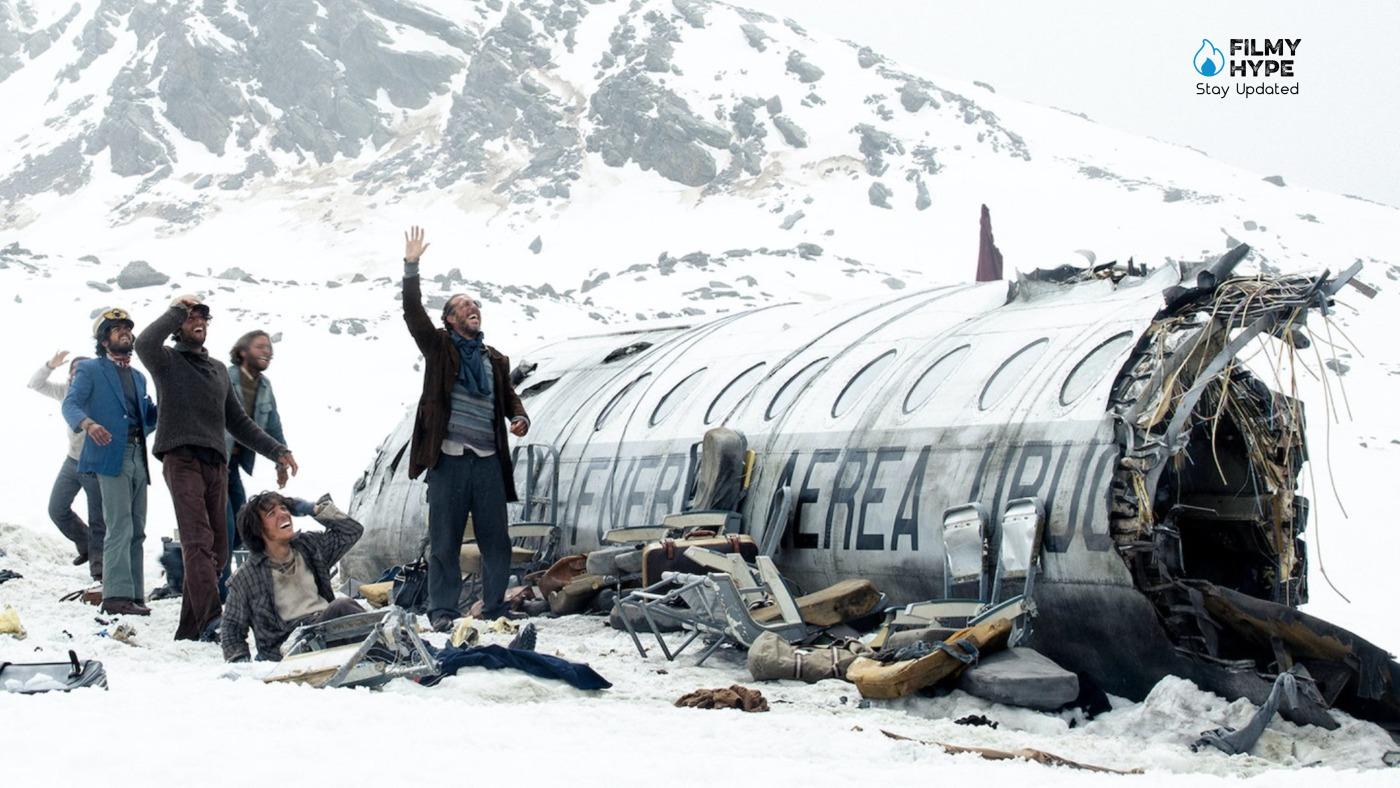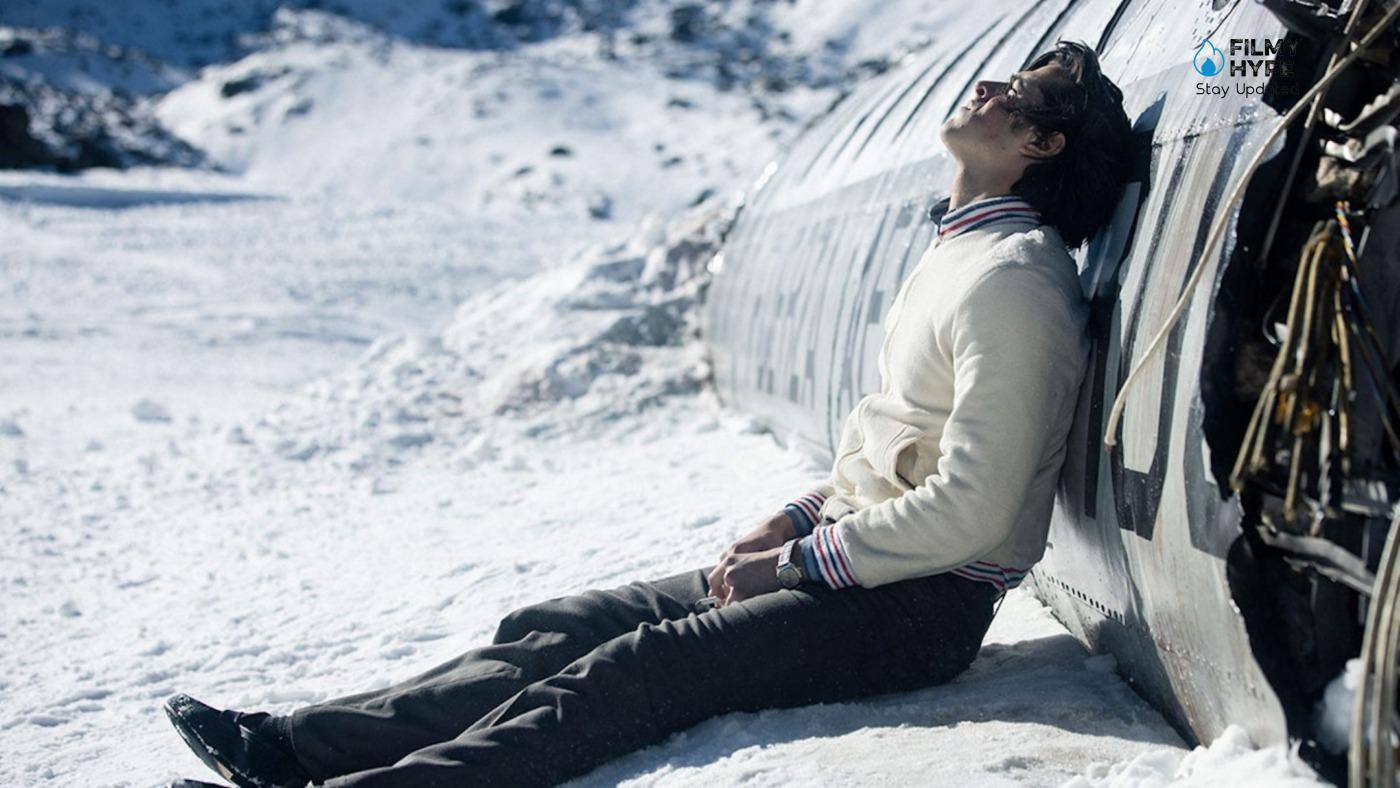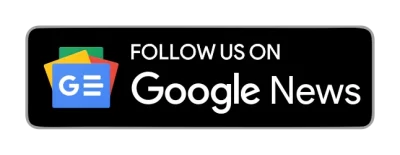Society of the Snow Review: JA Bayona Brings To The Screen The Tragedy In The Andes That Occurred In 1972
Cast: Enzo Vogrincic Roldán, Matías Recalt, Agustín Pardella
Director: JA Bayona
Streaming Platform: Netflix
Filmyhype.com Ratings: 4/5 (four stars)
JA Bayona’s Society of the Snow marked the closing of the 2023 Venice Film Festival. A survival movie set in one of the most hostile and inaccessible places on the planet which, through a study on the body, especially about that of others, elaborates a touching reflection on camaraderie and man’s reliance on social roles and group in a situation between life and death. This Netflix film, which tells one of the strongest and most exciting survival stories ever, is a sight for the eyes and a grip on the heart. It is a cinematic masterpiece and a clear example that a film, to reach the hearts of the audience, must not only tell a good story but allow each of the spectators to be able to identify with everyone’s fears, vital impulses, anger or joy of the characters on the screen. The survival movie is a genre that knows neither crisis nor age. They are stories of men on the edge, bent by the elements, apparently with no way out.

In some cases, fiction meets reality. On 13 October 1972, a plane carrying a rugby team crashed in the Andes. They were flying from Uruguay to Chile. For weeks they remained stuck in the ice, surviving by feeding on the victims they had with them. The event has entered the imagination. It inspired René Cardona’s Survivors of the Andes in 1976 and Frank Marshall’s successful Alive in 1993. Today for Netflix the Spanish director Juan Antonio Bayona will tell the story of the tragedy in Society of the Snow, the closing film of the latest edition of the Venice Film Festival. The filmmaker had already focused on the apocalyptic relationship between man and nature in The Impossible, about the 2004 tsunami. This time Bayona makes a film on bodies: torn, tortured, they are the focus of every shot. The ethical dilemma is heartbreaking, cannibalism is the fruit of a journey, it is the last stop on a journey toward hell.
Society of the Snow Review: The Story Plot
Society of the Snow manages to touch the soul like few films manage to do and provoke a mix of emotions from sadness to joy, from fear to anger, from resignation to rebellion which, however strong, are worth living to the fullest. The story told is true and is that of the 16 survivors of the plane crash in the Andes in 1972 after being isolated in the snow for two months. But this story, in addition to talking about survival, is above all a story of solidarity, and friendship, and a story that reminds us why life must be loved, lived, and enjoyed in all its madness, even when it seems there is no longer any reason. or sense to do it. It was 1972, precisely on 13 October when flight 571 carrying a rugby team from Uruguay crashed in the Andes, leaving 45 people at the mercy of life and death. 29 of these died, others managed to save themselves after having resisted in the cold of the snow-capped mountains, forced to feed on the flesh of their dead companions and clinging to that desire to live that has never abandoned them.

The film presented out of competition at Venezia 80, is the adaptation of a book by Pablo Vierci, who attended the Stella Maris boarding school in Montevideo, Uruguay, together with the survivors of the plane crash in the Andes. Bayona uses the Uruguayan author’s book, written 36 years after the plane crash, to give voice to the survivors and those who didn’t make it out alive. October 12, 1972. The Old Christians Club rugby team boards Uruguayan Air Force Flight 571 from Montevideo, Uruguay, to Santiago, Chile, where a match is scheduled, which never took place. The plane, carrying a total of 45 passengers (crew, players, family members, and friends), crashed in the snow-capped heart of the Andes, in the Valley of Tears. Only 29 of the 45 passengers survived the impact. Trapped in one of the most inhospitable environments on the planet, the survivors faced extreme cold, thirst, and hunger and were forced to take extreme measures to stay alive. Some of the survivors of the plane crash died in the following days. On December 23, 1972, two and a half months after the accident, 16 people were rescued.
Society of the Snow Review and Analysis
The filmic experience proposed by Society of the Snow is also extreme for the spectators, especially from the point of view of emotional involvement. The continuous exposure to death, and the need to establish contact between the living and the dead, highlights the fundamental role played by everyone, even those left behind, in this society of resistance. The one staged by Bayona is a fascinating and complex story, permeated by a constant sense of guilt, which dismantles the classic hero’s journey, letting us understand that no type of miracle exists there is only cooperation, both in life and in life and death. The gift of oneself to others manifests itself both on a spiritual level – when one walks for others or heals their wounds – and physically, with those bodies that permit to be eaten in the face of death: an extreme, mystical, and very human at the same time. In this sense, Bayona’s film is full of light and not only on a photographic level: it talks about death to emphasize life.
Bayona’s camera immediately draws our attention to this sense of group that the boys, already teammates in rugby, maintain from the beginning of the film. From the way they tease each other and don’t stay in their seats on the plane ride, to the freezing nights spent huddled together, trying in vain to keep warm, The Society of the Snow is a film with humanist warmth, a choral tale albeit set in a cold and incredibly dehumanizing setting. The Spanish director does an incredible job of point of view, framing the story from a spiritual perspective, which unites the living and the dead, characters and spectators. A choral voice that transcends any hint of individualism is so widespread in the contemporary world. A profound dignity also emerges from the characters, who venture along the mountains to seek a way to salvation, despite knowing that they could die at any moment; on the other hand, some die encouraging their companions not to give up, and those who ask to feed on his body after death.
These behaviors are the result of a profound transformation; in a situation of complete abandonment, when everything has been taken away from you, you can choose how to die. With unprecedented audacity, Bayona sets out to explore the possibilities of a cinema of the body, to achieve a knowledge that resides in the physical. The most well-known and disturbing issue of the entire story is at the center of the three film versions. But if in Alive we focused much longer and much more deeply on everyone’s hesitations in facing this need, The Society of the Snow makes some of the characters experience it in a much more fluid, almost “natural” way. But this is out of place, it is not enough to make it accepted as an immediate necessity even by an audience that knows very well how they managed to survive. Those who chose not to eat the bodies, in the film and reality, remain the only moral obstacle to a horror that JA Bayona’s film does not trivialize, for goodness’ sake, but limits itself to making it part of the list of all the other tragedies experienced since the time of the crash.

And for any human being, we know full well that he cannot simply be part of the story. It is not enough to show the bones and those who peel them like ribs shortly after the middle of the film to adequately deal with the issue. The failed searches, the hunt for the tail of the plane, the avalanche, the decision to leave to go and get help, the progressive deaths of the survivors, the sheets of the plane used to melt the snow and get something to drink… We already knew the details of this story – which in the new adaptation did not want to focus, mistakenly, on the rationing of the food available immediately after the crash. I read moving and enthusiastic reviews about this film after the Venice preview. I even read the word “masterpiece”. But I read it because it was written by young correspondents, who certainly did not “experience” the approach to the tragedy of the Andes through Alive and who probably didn’t even know the real story before seeing The Society of the Snow.
I, on the other hand, saw Alive at the cinema, in an era in which computer graphics were still out of reach, yet I remember very well – we were in the gallery – feeling myself falling during the subjective view of the crash. In the room, people were shouting. These are things that are not forgotten and showing broken legs and seats that crush passengers certainly cannot replace such emotions. In this sense, The Society of the Snow can only remain in the memory of those who had not already experienced the tragedy of the Andes as spectators. And only those who have not already seen Marshall’s touching film can think they are faced with something new when they see this. To put voices, faces, and bodies in the foreground, Bayona does not rely on a cast of well-known actors, but on young Argentine and Uruguayan interpreters, who are very good among other things, who truly manage to embody those who, in the minds of the general public, they don’t have a face.
A staging that the director manages to amplify by making us hear the noises that bodies produce, whether it is a hug, bones breaking, or chewing that causes us disgust and pain. In showing us the progress of the days, 72 in total, the camera’s eye therefore does not linger like that of a voyeur, yet Bayona does not hold back in reconstructing as faithfully as possible a story that is not intended to be a sort of apologia of the death but a hymn to the desire to live. Perhaps this is also why the director decides to entrust almost all of the narration to the voice-over of a character who, at least initially, represents a bit of an outsider compared to the group, and then becomes one of its driving personalities. How voiceover is used in the film is the aspect that, at first glance, convinced us the least about the film.

Essential in making us empathize even more with the group of survivors, at times it tends to interrupt the narrative flow of the film which, in two and a half hours, manages to bring a human tragedy to the screen without dwelling on death. In the last act, however, Bayona lets us follow the desperate path of Fernando Parrado and Roberto Canessa toward Chile in total silence. And it is here that The Society of the Snow, reaching the finale, proves to be a powerful film, painful in its talk of hope. One of the most fascinating elements in JA Bayona’s new film is the contrast of spaces: on one side we have a blinding expanse of snow that seems to have no end, on the other the claustrophobic carcass of the plane in which the survivors find shelter. The mountain is an inhospitable place that reserves no mercy for those who try to survive it, continually reclaiming their places and demonstrating the supremacy of nature over the paltry nature of human life.
What remains of the aircraft represents, however, the defense from the unknown that reigns outside, a place where, despite adversities, there is also space for confidence and laughter. Meanwhile, the spectator is there, in the heart of the Andes together with that group of missing young people, alive and dead. And he can feel all this, experiencing firsthand the cold, the hunger, the pain for his dead friends but also the hope of being able to return home. The rules are rewritten, the only objective is the common good, friendship, and the union that strengthens. Individualism, now the mantra of our years especially on the big screen, collapses under the weight of tragedy. Bayona didn’t “just” make a film about a disaster, on a very black page of news. Perhaps the objective was to investigate the strength of bonds and to think about how to help each other, which is difficult to achieve. In desperation at high altitudes, under avalanches, it is the human being who is reborn.
Society of the Snow Review: The Last Words
The Society of the Snow leads the viewer, with a devastating intensity and realism, to one of the most inhospitable places on the planet, to discover the real nature of the human being and how cooperation between individuals represents the only true means to survival. Painful and powerful, The Society of the Snow by JA Bayona brings to the screen the tragedy in the Andes that occurred in 1972. A film that is not afraid to dare to talk about death and, above all, the desire to live. This survival-thriller is a kaleidoscope of different points of view that chase and follow one another, with continuous changes of optics and perspectives that try to delve deeper and deeper into the intimacy of the survivors without neglecting the story of anyone, nor of those who are left nor – much less – of those who didn’t make it and no longer have a voice to tell their story. The film, therefore, perfectly balances the entertainment required by a giant like Netflix and the depth of an experienced author who uses the mechanisms behind the “deception” of cinema to talk about life, death, religion, ethics, conscience, love, and empathy: important themes and social taboos that necessarily lead viewers to reflect.







